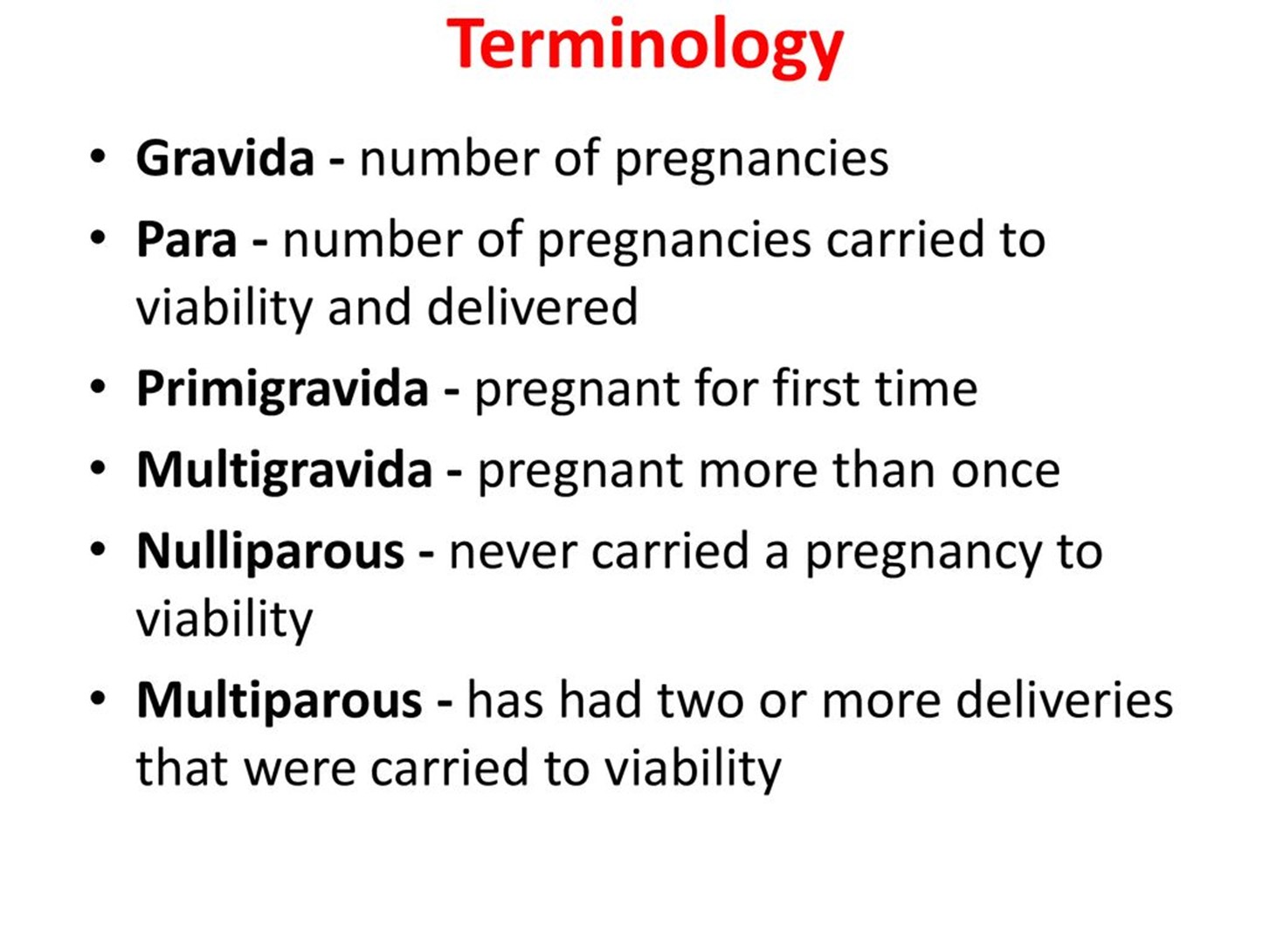The nurse is providing lifestyle change education for a client to slow the progression of coronary artery disease. Which statement(s) made by the client should the nurse recognize as needing additional education? (Select all that apply.)
Consume foods with saturated fats.
Walk 30 minutes per day.
Use a salt substitute.
Keep a food diary.
Eat more canned vegetables.
Include oatmeal for breakfast.
Correct Answer : A,E
Choice A: Consuming foods with saturated fats is not a healthy lifestyle change for a client with coronary artery disease, as this can increase the level of cholesterol and triglycerides in the blood, which can lead to plaque formation and narrowing of the arteries. Therefore, this statement indicates that the client needs additional education.
Choice B: Walking 30 minutes per day is a beneficial lifestyle change for a client with coronary artery disease, as this can improve the blood circulation, lower the blood pressure, and reduce the risk of heart attack and stroke. Therefore, this statement does not indicate that the client needs additional education.
Choice C: Using a salt substitute is a helpful lifestyle change for a client with coronary artery disease, as this can reduce the sodium intake, which can lower the blood pressure and prevent fluid retention. Therefore, this statement does not indicate that the client needs additional education.
Choice D: Keeping a food diary is a useful lifestyle change for a client with coronary artery disease, as this can help the client monitor their calorie intake, portion size, and nutritional quality of their food. This can also help the client identify and avoid unhealthy food choices. Therefore, this statement does not indicate that the client needs additional education.
Choice E: Eating more canned vegetables is not a good lifestyle change for a client with coronary artery disease, as canned vegetables often contain high amounts of sodium, which can raise the blood pressure and worsen the condition. Therefore, this statement indicates that the client needs additional education.
Choice F: Including oatmeal for breakfast is an advantageous lifestyle change for a client with coronary artery disease, as oatmeal contains soluble fiber, which can lower the cholesterol level and prevent plaque formation in the arteries. Therefore, this statement does not indicate that the client needs additional education.
Nursing Test Bank
Naxlex Comprehensive Predictor Exams
Related Questions
Correct Answer is A
Explanation
Choice B reason: Reviewing the hemoglobin to determine hemorrhage is an important action, but not the first one. The nurse should first identify and correct the cause of bleeding, such as bladder distension or uterine atony, before checking for blood loss and anemia.
Choice C reason: Massaging the uterus to decrease atony is not indicated in this case, because the uterus is already firm. Massaging a firm uterus can cause overstimulation and pain.
Choice D reason: Increasing intravenous infusion is not the first action, because it may worsen bleeding by increasing blood pressure and diluting clotting factors. The nurse should first assess and manage bleeding before administering fluids or blood products as prescribed.

Correct Answer is ["A","B","E"]
Explanation
Choice C reason: Initiating patient controlled analgesia (PCA. pumps for two clients immediately postoperatively is not a nursing action that can be assigned to the PN. PCA pump is a device that allows the client to self-administer pain medication through an IV line by pressing a button. PCA pump should be initiated by the nurse after verifying the prescription, setting the parameters, educating the client, and ensuring safety and effectiveness. The PN does not have the authority or competency to initiate PCA pump or adjust its settings.
Choice D reason: Starting the second blood transfusion for a client twelve hours following a below knee amputation is not a nursing action that can be assigned to the PN. Blood transfusion is a procedure that delivers donated blood or blood products into the client's bloodstream through an IV line. Blood transfusion should be started by the nurse after verifying the prescription, checking the blood type and compatibility, obtaining informed consent, and monitoring for any adverse reactions. The PN does not have the authority or competency to start blood transfusion or manage its complications.
Whether you are a student looking to ace your exams or a practicing nurse seeking to enhance your expertise , our nursing education contents will empower you with the confidence and competence to make a difference in the lives of patients and become a respected leader in the healthcare field.
Visit Naxlex, invest in your future and unlock endless possibilities with our unparalleled nursing education contents today
Report Wrong Answer on the Current Question
Do you disagree with the answer? If yes, what is your expected answer? Explain.
Kindly be descriptive with the issue you are facing.
